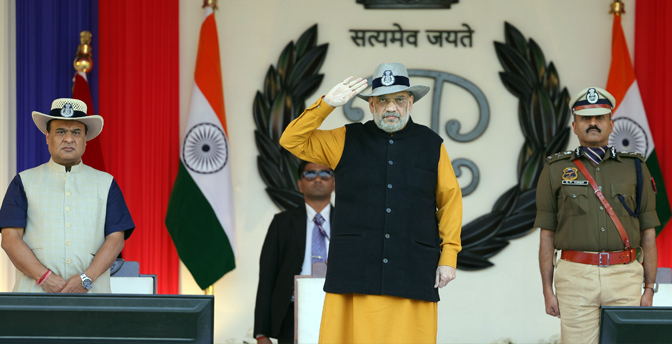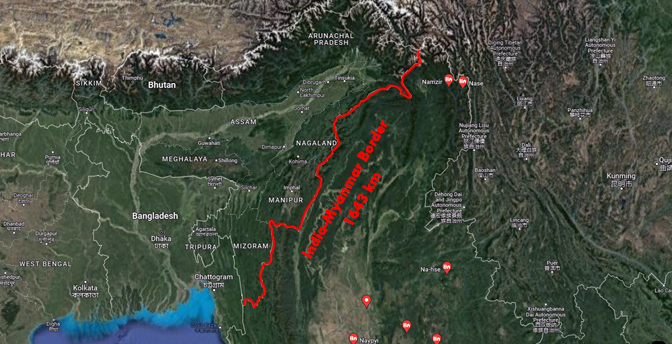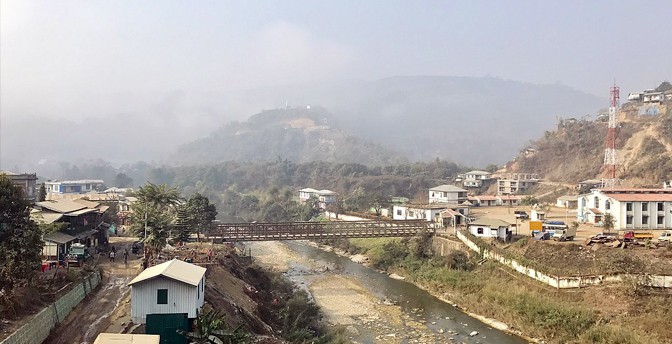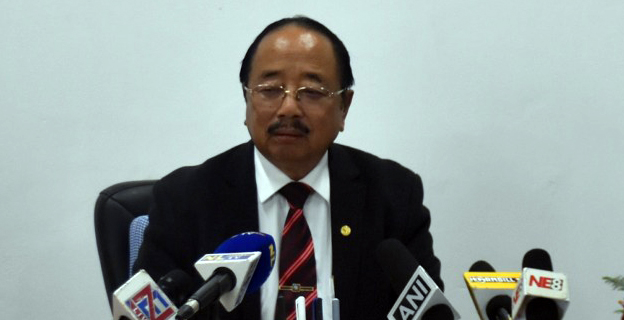Amidst the escalating violence in the state of Manipur, the Centre has unequivocally reiterated its intention to abolish the Free Movement Regime (FMR) along the Indo-Myanmar border and install fencing between the two nations in the international border.

In a hyper-nationalistic tone, politicians, including Advisor Imkong L Imchen, have vocally supported the Centre’s move, emphasizing the need for a clearly defined boundary for a sovereign state like India. However, it is undeniable that the decision to fence the Indo-Myanmar border is fraught with complications and potential consequences.
The ramifications of this decision extend beyond Manipur, impacting states such as Mizoram, Nagaland, and Arunachal Pradesh. The abolition of the FMR and the implementation of border fencing are expected to significantly affect the ethnic populations of these states.
Deputy Chief Minister of Nagaland Y Patton announced on 22 January that the Nagaland government will engage in discussions with other northeastern states sharing the Myanmar border to collectively address the Centre’s decision. The Nagaland DGP, Rupin Sharma, stressed the importance of conveying the state’s views on border management and the Free Movement Regime, with a focus on national security and considerations for the sentiments of the people along the border.
In response to the central government’s decision, the Nagaland Indigenous People’s Forum (NIPF) expressed strong opposition, stating that any forceful move by the Union Government within the Nagaland stretch would be deemed “anti-people.” The NIPF questioned the government’s awareness of the history, customs, and culture of indigenous people residing in the imaginary border region between India and Myanmar.
The forum emphasized that the arbitrary border line, dividing families and communities, has been a source of conflict and called for a more consultative approach in today’s civilized world.
Similarly, in Manipur, the Kuki Inpi Manipur, representing Kuki tribal communities, expressed concern and described the government’s decision as ‘abrupt.’ The organization urged the Union government to reassess its course of action, highlighting the complex challenges in the region that fencing alone may not address.

Meanwhile, the apex student organization of Mizoram, the Mizo Zirlai Pawl (MZP), vehemently opposed the central government’s decision and submitted a memorandum to Prime Minister Narendra Modi. The MZP emphasized the historical divisions imposed on Zo people by administrative boundaries and international borders. The organization expressed shock at the termination of the Free Movement Regime, urging the Indian government to reconsider its decision in light of its global commitments and the rights of indigenous peoples.

The organization also pointed out the irony of the decision, considering India’s status as a global power and signatory to the United Nations Declaration on the Rights of Indigenous Peoples 2007 (UNDRIP). Article 36 of the declaration explicitly recognizes the rights of indigenous peoples divided by international borders to maintain and develop connections, relations, and cooperation across borders for various purposes.

What is Free Movement Regime?
Following India’s independence, the government recognized that regions along the India-Myanmar international border formed a cohesive socio-economic space for various tribes. The placement of the border within this space created challenges for tribes who traditionally traversed between the two countries for their way of life and livelihood. Acknowledging this, the Indian government, on September 26, 1950, amended the Passport (Entry into India) Rules of 1950 through Notification no. 4/15/50-F. This exemption allowed hill tribes residing within 40 km on either side of the India-Burma frontier to cross the international border without the need for passports or visas.
This decision mirrored Burma’s policy, as their 1948 Passport rules permitted indigenous nationals residing within 25 miles of the land border to enter without passports. The tribespeople were even allowed to carry items equivalent to a headload. India reciprocated by allowing Myanmar citizens a 72-hour stay, while Myanmar permitted only a 24-hour stay for Indians, creating a unique arrangement known as the Free Movement Regime (FMR).
While the FMR initially helped maintain cultural ties, it was believed that it was exploited by Indian “insurgent” groups. Starting in 1956 with the Nagas, followed by the Meiteis in 1964 and the Mizos in 1966, “insurgents” would cross into Myanmar for training, establish safe havens, and re-enter India for “terror attacks.” The poorly guarded border exacerbated the situation, prompting the Indian government to reevaluate the FMR in 1968. The permit system was introduced, requiring both Indian and Burmese citizens to carry permits while crossing the border.
Over the next 40 years, the permit system remained in place. However, during the 1990s and early 2000s, the security situation in the Northeast deteriorated with incidents of drug trafficking, arms smuggling, and increased “insurgent” movements across the India-Myanmar border. To address these challenges, India reduced the FMR limits to 16 km in 2004 and established three designated points for crossing the border. With no formal agreement on free movement in place, the Indian government drafted a Memorandum of Understanding (MoU) to negotiate with Myanmar.
Finally, on May 11, 2018, India and Myanmar signed the Agreement on Land Border Crossing, formalizing the previously informal nature of the Free Movement Regime between the two countries.



